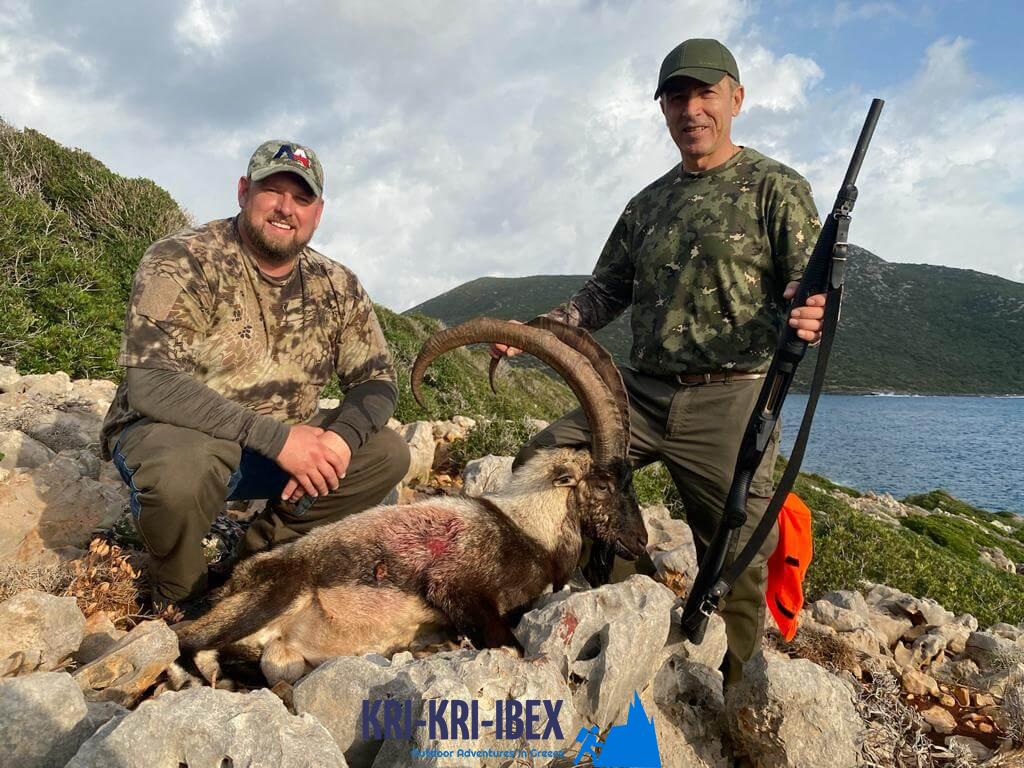Hunting for Kri Kri ibex, fishing and complimentary diving on Sapientza island, Greece
Hunting for Kri Kri ibex, fishing and complimentary diving on Sapientza island, Greece
Blog Article

To lots of people, The Peloponnese peninsula on the Greek Mainland is the 'real' Greece, where things have actually not altered much in any way over the centuries although that many people have found it. This is a location where you can quickly spend a month or even more yet if you are short promptly after that our searching as well as exploring Peloponnese Tours from Methoni is a great solution. The Peloponnese peninsula has something for every person with its various tasks and also destinations.

There is no set variety of Ibexes, as the population changes. The Kri-Kri is the smallest ibex species (Capra Aegagrus Cretica) in terms of body weight, but it has some long horns. Even though some samplings were gauged at 115 centimeters in length, they were not counted in the survey. Searching of the Kri-Kri ibex is presently happening in Greece. An Ibex gold prize measures 24 inches long. Searching is allowed on Atalanti and Sapientza islands. On Atalanti, searching is allowed from the recently of October to the first week of December. Searching in Sapientza is permitted the whole month of November, presuming the weather is favorable.
Our outdoor hunting, fishing, as well as complimentary diving trips are the perfect method to see everything that Peloponnese needs to offer. These excursions are designed for tourists that intend to leave the beaten path and also really experience all that this extraordinary area needs to offer. You'll reach go searching in some of one of the most attractive wilderness areas in Greece, fish in crystal-clear waters for a selection of various types, and free dive in some of the most stunning coastline in the Mediterranean. As well as best of all, our skilled guides will certainly be there with you every action of the way to ensure that you have a satisfying and also secure experience.
Experience 'Real' Greece with Our Peloponnese Tours. If you're seeking an authentic Greek experience, look no further than our Peloponnese tours. From ancient damages as well as castles to scrumptious food and also red wine, we'll reveal you whatever that this amazing region has to supply. What are you waiting for? Book your trip today! Your Kri Kri ibex searching in Greece is right here!
What is the diference between Kri Kri ibex, Bezoar ibex and hybrid ibex
The kri-kri is not thought to be indigenous to Crete, most likely having been imported to the island during the time of the Minoan civilization. Nevertheless, it is found nowhere else and is therefore endemic to Crete. It was common throughout the Aegean but the peaks of the 8,000 ft (2,400 m) White Mountains of Western Crete are their last strongholds–particularly a series of almost vertical 3,000 ft (900 m) cliffs called ‘the Untrodden’—at the head of the Samaria Gorge. This mountain range, which hosts another 14 endemic animal species, is protected as a UNESCO Biosphere Reserve. In total, their range extends to the White Mountains, the Samaria National Forest and the islets of Dia, Thodorou, and Agii Pandes.
This Ibex is NOT a diminutive form of the Bezoar Ibex, which has migrated into the western-most reach of the range of this species. The kri – kri (Capra aegagrus cretica), sometimes called the Cretan goat, Agrimi, or Cretan Ibex, is a feral goat inhabiting the Eastern Mediterranean, previously considered a subspecies of wild goat. The kri-kri has a light brownish coat with a darker band around its neck. It has two horns that sweep back from the head. In the wild they are shy and avoid tourists, resting during the day. The animal can leap some distance or climb seemingly sheer cliffs.
“The agrimi goat Capra aegagrus cretica is unique to Crete and its offshore islands. It has been identi®ed as a sub-species of the wild bezoar goat Capra aegagrus aegagrus Erxleben, 1777, which it closely resembles in horn shape, body form and coloration. This classi®cation has been disputed by some researchers who claim that the agrimi are feral goats, derived from early domestic stock brought to the island by the ®rst Neolithic settlers. In order to clarify this issue, DNA analyses (cytochrome b and D loop sequences) were carried out on tissue of live and skeletonized agrimi and compared to sequences of wild and domestic caprines. Results conclusively show the agrimi to be a feral animal, that clades with domestic goats (Capra hircus) rather than with wild Asiatic bezoar. This study demonstrates that morphometric criteria do not necessarily re¯ect genetic af®nities, and that the taxonomic classi®cation of agrimi should be revised.”
Report this page